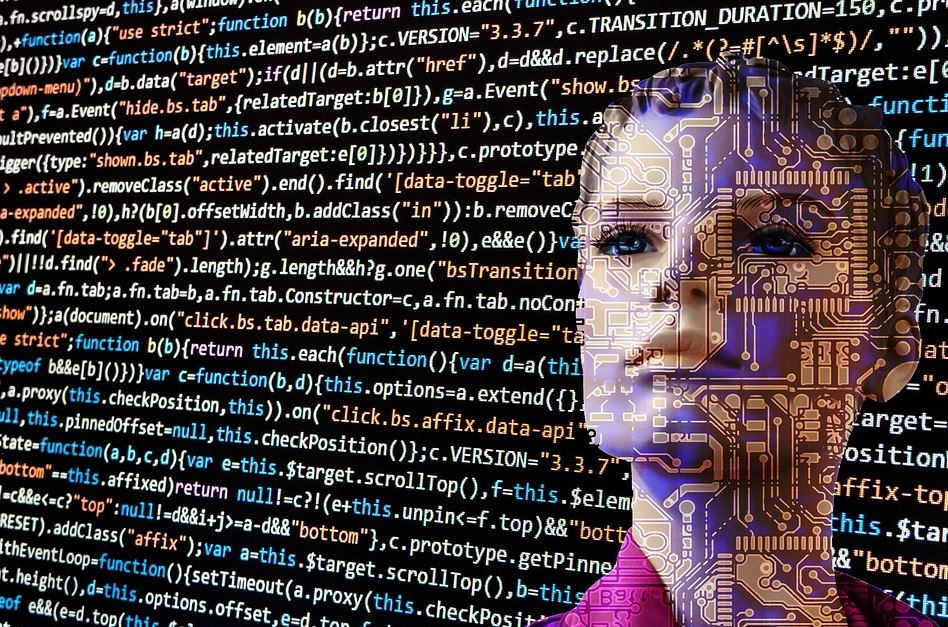Why Python?
Python overtook R as the most used programming language for data science. This is evident from the trends in platforms like Kaggle, which is a data science competition platform and from poll results like KDNuggets. Additionally, Python was reported to be the #1 tool for analytics professionals as 66% of data scientists use Python.
Professionals who have undergone Data Science with Python foundation training are very much in demand and 364k job openings are expected by 2020. According to Indeed, the average salary of a data scientist is $127,918 per year. With prospects of such a bright future, we recommend learning data science to take your career to greater heights. You can take a Data Science With Python Foundation course and cover all the steps mentioned below.
Step 1. Master Python Basics
Create a Python environment and start learning Python easily by downloading Anaconda from continuum.io. It contains almost all the packages that a data scientist will ever need.
You need to cover all the basic concepts in Python like variables, control flow, looping, data structures and OOP. Python is a beginner friendly language. With its simple syntax and readability, it wouldn’t be much of a hassle to master the fundamentals even if you are completely new to coding or you have experience in some other language.
Step 2. Build a Mini Project
No learning is complete without hands-on training as skills matter more in data science. Try simple projects first like calculator, weather forecast, and web scraping. Also, familiarize yourself with databases like SQL because data scientists work on that too.
Step 3. Check out these Libraries in Python!
What makes Python stand out in the data science world is its amazing collection of scientific libraries. You need to get familiarized with all of these major libraries to get your hands dirty in data science.
Matplotlib
This Python 2D plotting and visualization library produces publication quality figures in a wide range of interactive environments and hardcopy formats across platforms. This can be used in Python scripts, IPython and Python shell, web application servers and different GUI interface toolkits.
NumPy
NumPy is a package that provides fundamental scientific computing concepts. It offers powerful N-dimensional array object manipulation, broadcasting functions, tools for integrating C++, C and Fortran code and other numerical capabilities like linear algebra, Fourier transform, and random numbers.
SciPy
Scipy provides efficient and user-friendly routines like the ones for numerical integration, optimization, linear algebra, interpolation, image processing and works with NumPy arrays. This free and open source module is trusted by many data scientists in the world.
Pandas
This Python package is used to make working with relational or labeled data intuitive and easy by providing expressive, fast and flexible data structures. These data structures and operations manipulate numerical tables and time series. Pandas is a free software which helps with practical, real-world data analysis in Python.
PyTorch
This open source ML library is based on Torch. Primarily built for Facebook’s AI research group, this is a great tool for deep learning and NLP or natural language processing. Thus, it finds efficient use in data science.
Seaborn
This Python data visualization library provides a high-level interface to draw informative and attractive graphs. Based on matplotlib, it is ideal for creating heat maps and other statistically meaningful plots.
Scikit-Learn
Free software ML library for Python used for regression, classification and clustering algorithm including random forest, DBSCAN and support vector machines. It is based on SciPy.
TensorFlow
A great library to set up, train and utilize artificial neural networks with massive datasets.
Step 4. Apply Data Science Techniques and Build a Data Science Portfolio
After mastering these libraries, it is important to utilize them and build small scale ML projects like projects to predict stock prices and mine social media sentiments. These can be showcased on your portfolio so that employers can get a better idea about you.
Step 5. Practice and more Practice
This is the most important step to sharpen your skills in data science. Keep building projects and working on them to master this field as it will surely reward you if you prove to be good in it.
What Next?
Start your journey to master data science today with these 4 essential steps. A lucrative career in data science awaits you at the end of this road if you rightly follow the course.

